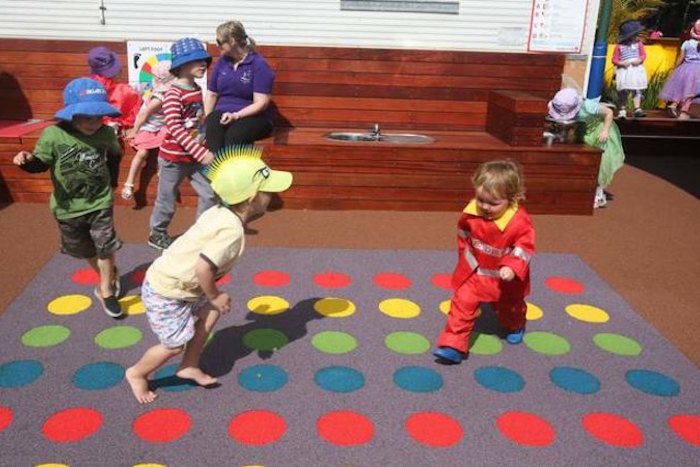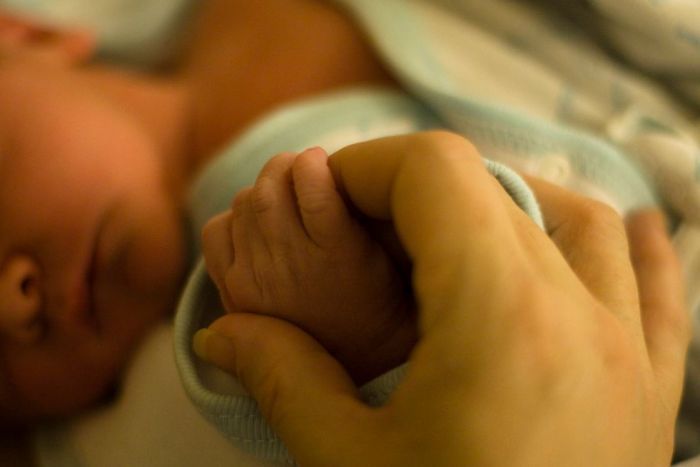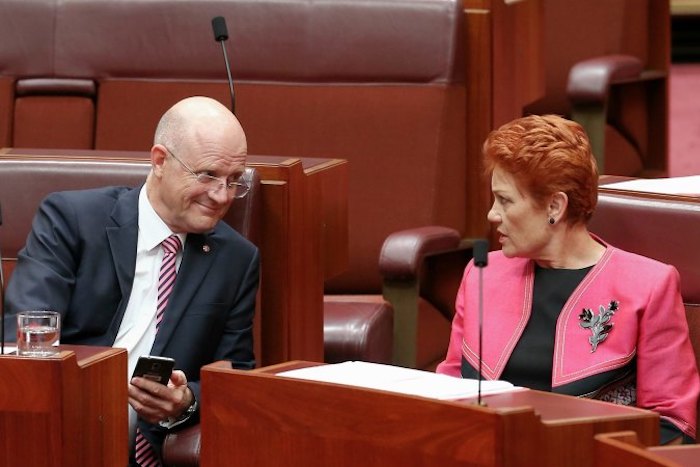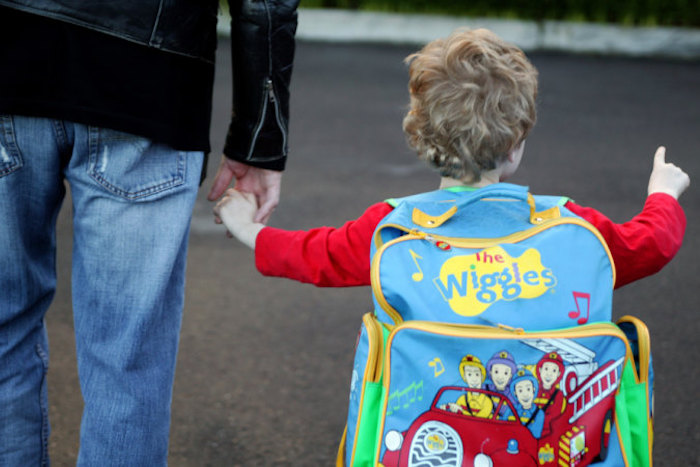For a child who has only been cared for by mum or dad, starting at preschool is a big thing. No matter how welcoming the preschool is or their attempts to ensure each child is welcomed and valued, the struggle to fit in can be seen etched on almost every young face.
New changes to the funding model for community-based preschools, announced by NSW Education Minister Adrian Piccoli, may lead to even more bottom lips trembling nervously at local preschools.
The minister announced that from next year only those three-year-olds who are Aboriginal or Torres Strait Islander or are from low-income families will receive access to funded preschool education. Funding for these two groups will be increased, which will mean services can reduce their fees. This should mean that more children from these two groups will get access to a preschool education. This is good news!
What is not so good news is that these will be the only three-year-olds able to access funding to attend preschools. There are roughly 800 community-based preschools across NSW. Depending on the size of the community they are in, these services could have between 10 and 90 children attending. Under the new funding arrangements, the majority of those children will start school the following year. A smaller number of younger Aboriginal and Torres Strait Islander children and children from low income families will join them.
How will these children, already disadvantaged, fit in with their older peers? Previously these children would have been grouped with other three-year-olds. Now they will be grouped with older children, making it hard for their educators to ensure they receive the specialised attention they need.
Community-based preschools also fear, like the three-year-olds in their charge, they too will struggle to stay afloat under the new arrangements.
Families will find other early education options rather than moving children to preschool for just one year before they go to “big” school.
Maybe this is indeed what the NSW government would like to occur. Despite the rhetoric in the announcement about the funding boost for NSW preschools, there is still not enough new investment in early education from the government. The new funding will not make up for the fact that NSW spends less money per child on early education and care than any other state or territory in Australia.
In most states and territories, preschool education is free or under $15 a day. In NSW, chronic underfunding during the past 20 years has meant that community-based preschools fees in our state are much higher. The review of NSW government funding for early childhood education named this as one of the reasons why so many children (estimated by the review as one in seven) miss out on a preschool education.
Early education can happen in dedicated preschools or in long day care services. Most preschool programs are delivered by an early childhood teacher, regardless of the setting, and all use the same curriculum, the Early Years Learning Framework. Both long day care services and preschools are subject to the same assessment and ratings process.
There is however, one large difference. Constitutionally, states and territories are responsible for education. This means that the NSW government retains the responsibility for funding preschools, whereas the Commonwealth government has taken on the responsibilities for ”childcare” services.
If preschools are forced to close due to viability issues, more children would receive their early education through services that the Commonwealth government funds.
Would this be considered a positive trend by the cash-strapped NSW government?
It is said that children who attended a quality preschool program gain as much as 30 points on the NAPLAN tests in year 3. Isn’t this something we would want for all NSW children?
Isn’t it time the NSW Government substantially increased its investment in this crucial early education?
Published on The Sydney Morning Herald, October 27th 2013.



